
Cozy Knitting Patterns for Beginners
Welcome to your gateway into the heartwarming world of cozy knitting! This page is designed especially for beginners eager to craft soft, comforting projects while learning the fundamentals of knitting. Whether you’re searching for your first scarf pattern or aiming to create a snug home accessory, you’ll find gentle guidance, creative ideas, and inspiring patterns here. With clear explanations and a focus on comfort and simplicity, let us help you pick up those needles and discover the calming joy of knitting something beautiful with your own hands.
Choosing the Right Materials for Comfort
Selecting the right yarn is the foundation for any cozy knitting project. For beginners, it’s wise to start with medium-weight or chunky yarns that are not only incredibly soft but also easier to manipulate on the needles. Natural fibers like merino wool, alpaca, or cotton provide exceptional comfort and warmth, making your finished piece lush and gentle on the skin. The color and texture choices are vast, but opting for light or neutral tones can help you spot mistakes more easily and practice with confidence.
Simple Scarves to Start With
The Traditional Garter Stitch Scarf
The garter stitch scarf is a classic entry point into knitting, using only the knit stitch throughout the entire project. This method creates a dense, squishy fabric with beautiful ridges that trap warmth, making it the ultimate cozy companion for brisk days. By working row after row in this single stitch, you build muscle memory and knitting confidence, ending with a functional accessory that feels as good as it looks. Finishing your first project with a garter stitch scarf not only provides immediate gratification but also encourages you to experiment further.

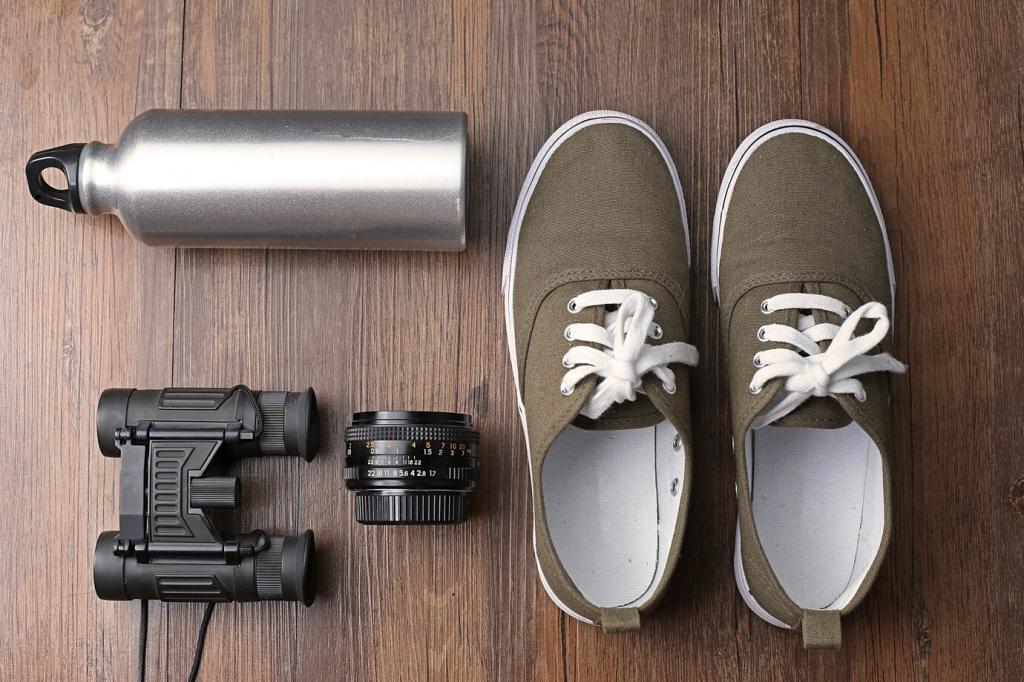
Stockinette Stitch Stripes for Variety
Once you’ve gotten comfortable with the knit stitch, introducing the purl stitch unlocks the playful stockinette stitch and opens the door to creative patterning. Alternating rows of knits and purls, or using simple color changes, transforms your beginner scarf into a two-toned or boldly striped piece. This method teaches essential lessons about fabric structure and yarn tension, resulting in a slightly sleek finish on one side and a fun, textured appearance on the reverse. The process lets you balance learning new techniques with making a comfort-driven accessory.
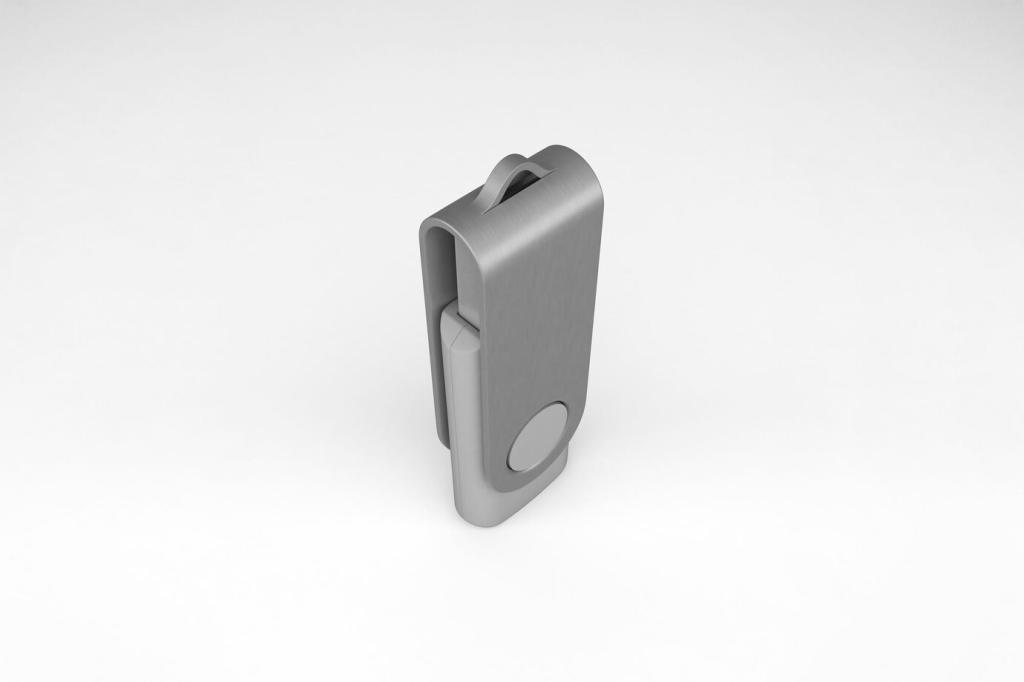
The chunky throw is a beloved choice for first-time blanket makers because it demands only basic stitches and offers quick, satisfying progress thanks to thick yarn and oversized needles. With each large, plush section you complete, you’ll see your blanket grow at an inspiring speed—the reward for your patience is a luxurious, cloud-like piece perfect for snuggling on chilly evenings. As you build each row, the weight and texture of the yarn in your hands fosters a sense of achievement and heartfelt pride.
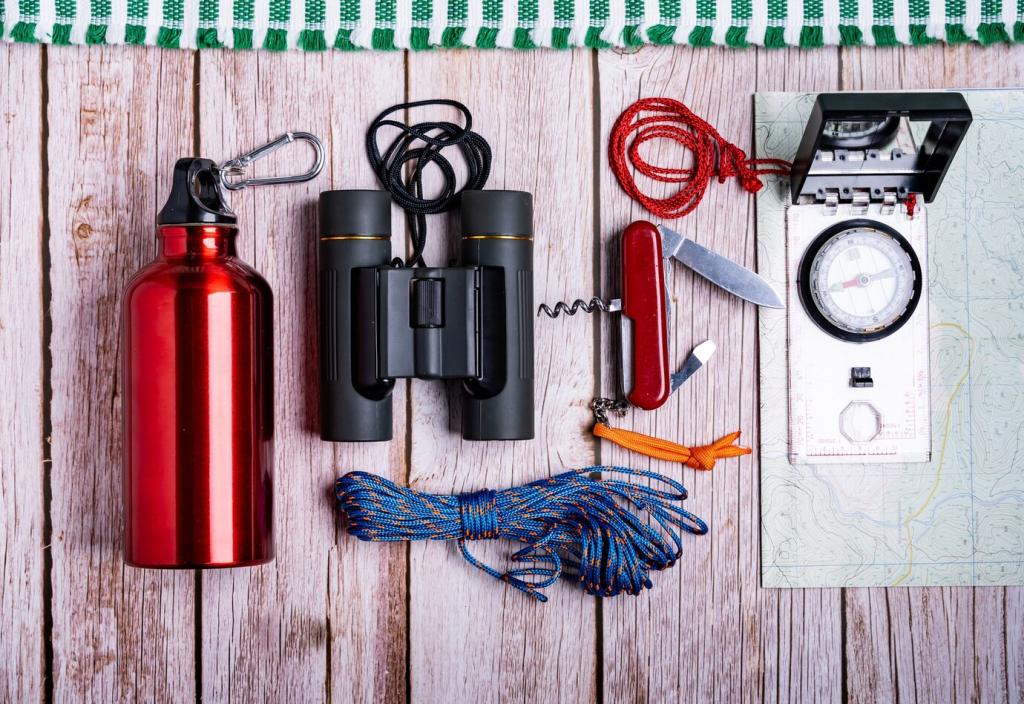
Lap blankets are smaller-scale versions that create the same comforting feel as full-size throws but require less time and material. Using basic knit and purl combinations—perhaps introducing a seed stitch or ribbed pattern—you can craft a warm, textured piece ideal for movie nights or draping over your favorite chair. These compact projects let you play with color while reinforcing fundamental techniques, yielding a blanket that’s both practical and full of beginner-friendly style.

For a contemporary cozy vibe, try color blocking your beginner blanket. This technique simply involves switching yarn colors every few sections, giving your project bold, eye-catching stripes or geometric flair. No advanced skills are necessary—just the confidence to try something new. The result is a modern yet homey knit that brings a fresh burst of warmth and personality to any space, while sharpening your skills in a fun, low-pressure way.
The ribbed beanie is a quintessential beginner hat, prized for its stretchy, snug fit and ability to trap warmth effectively. Using just knit and purl stitches in an alternating pattern, you create vertical lines that look polished and keep your head extra cozy. The simplicity of the ribbing allows novice knitters to build confidence while ending with a practical, fashionable result you’ll want to wear daily. Plus, ribbing is forgiving of minor mistakes, making it a stress-free introduction to hats.
Cuddly Hats and Headbands
Snuggly Socks Made Simple
The easiest way to make socks as a beginner is the tube sock—crafted entirely without a heel. This straightforward design uses only knit and purl stitches, so you can focus on building your confidence in a small, fast project. Even without a heel, tube socks are wonderfully comfortable for lounging around the house, and the cylindrical shape eliminates the most challenging aspect of sock knitting, ensuring early success for new knitters.
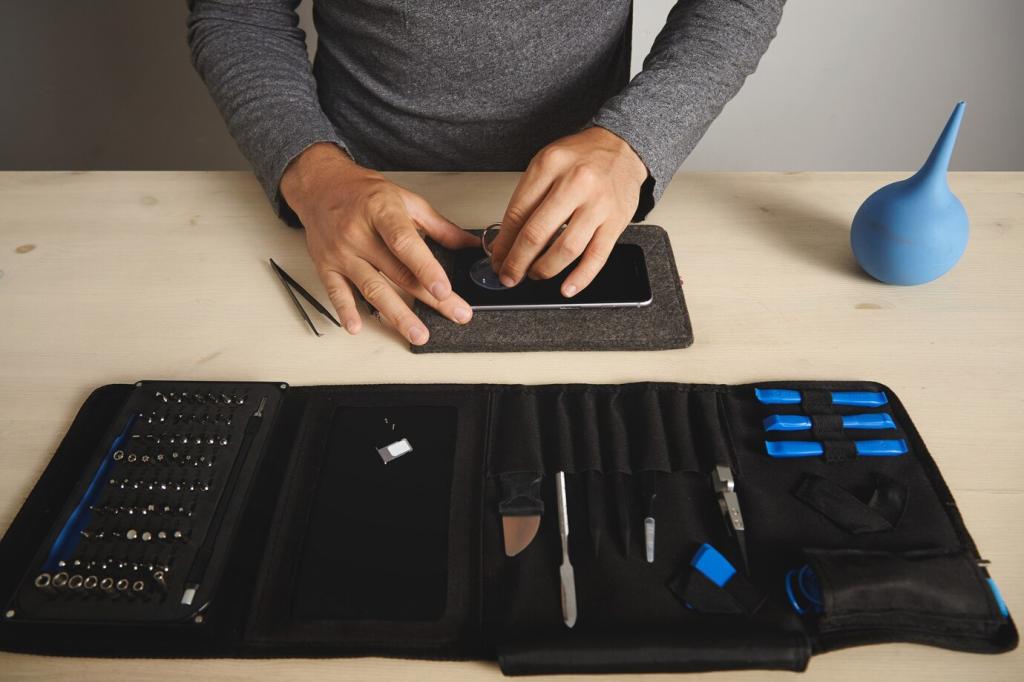
Previous slide
Next slide
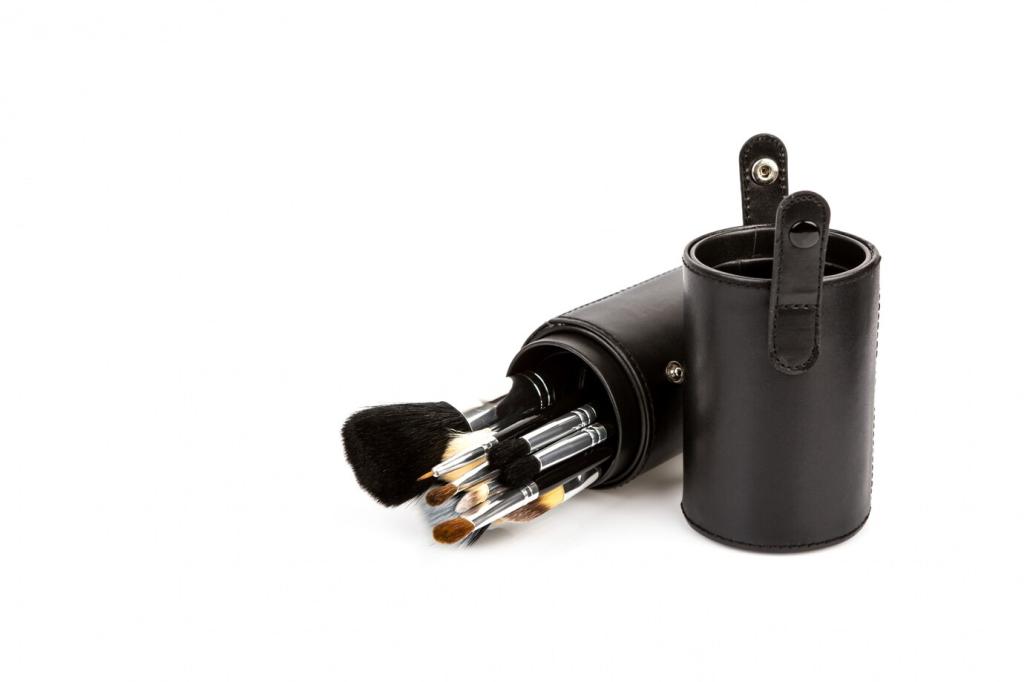
Learning to Fix Mistakes

Typical beginner mistakes include dropped stitches, inconsistent tension, and accidental yarn overs. Learning to spot these quickly is liberating—it’s how you avoid compounding errors and grow more confident with each project. Practice looking at your work carefully and comparing it to guides or reference stitches, so you’ll know what a correct row should look like and detect anything out of place early on, making fixes gentler and less intimidating.
